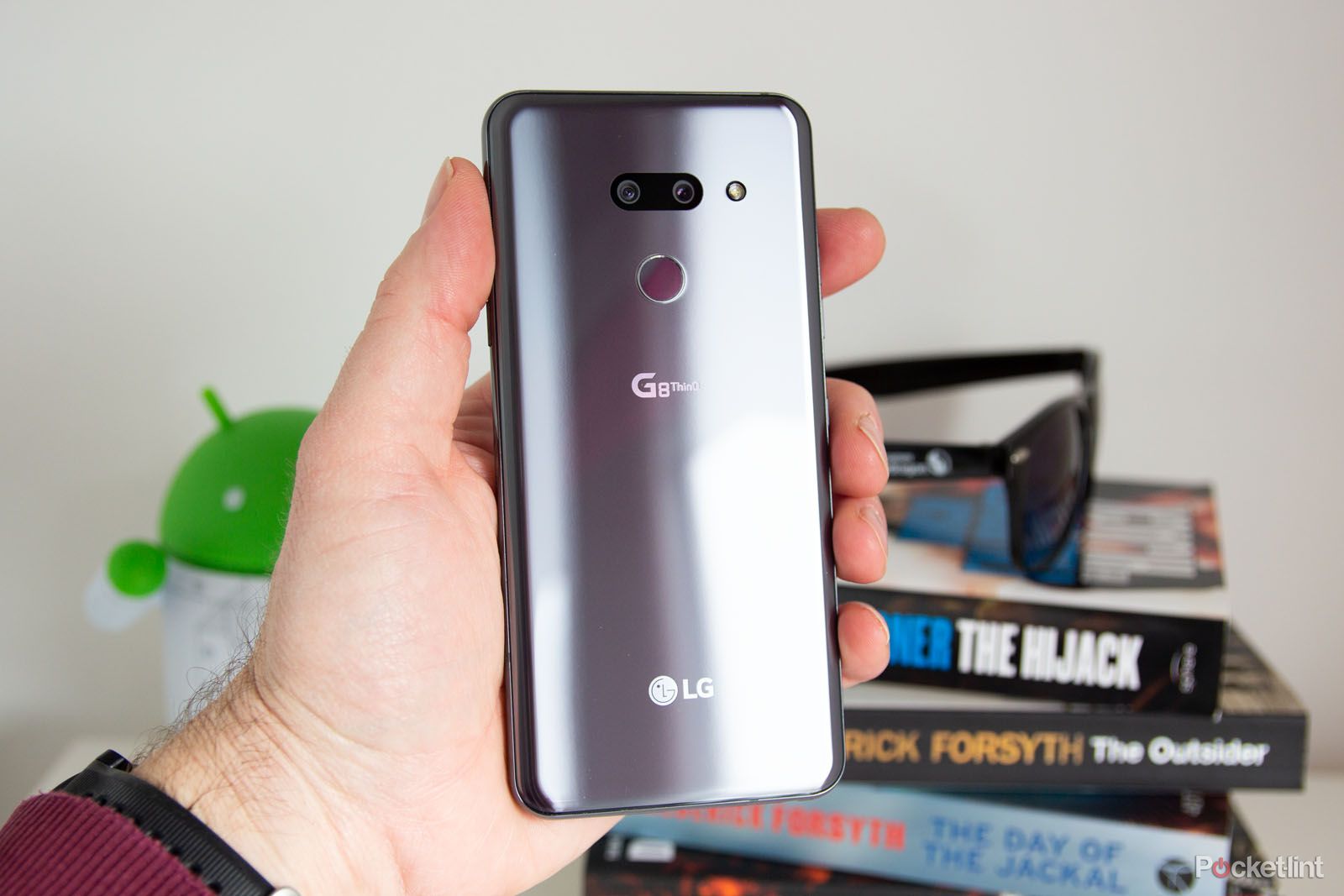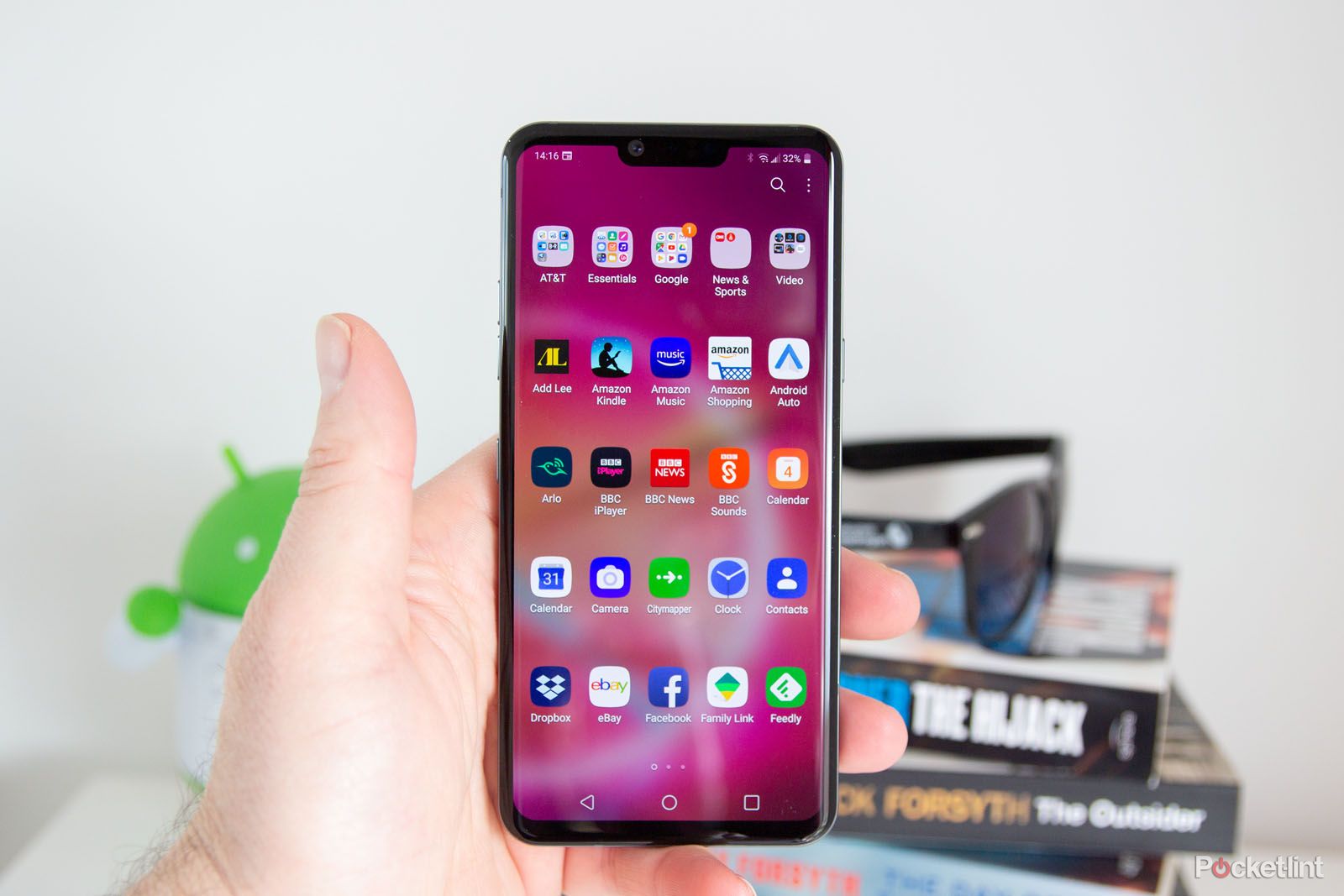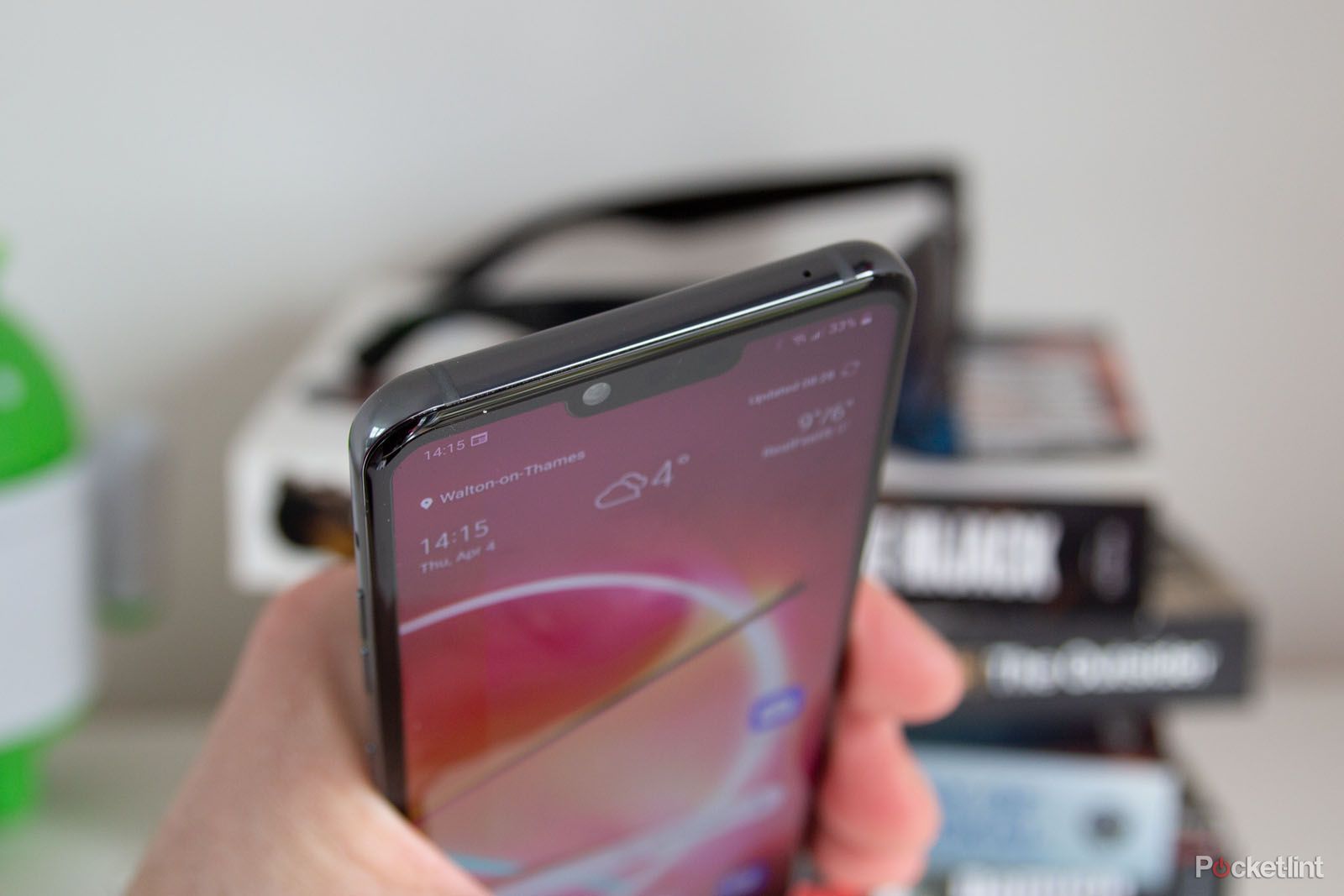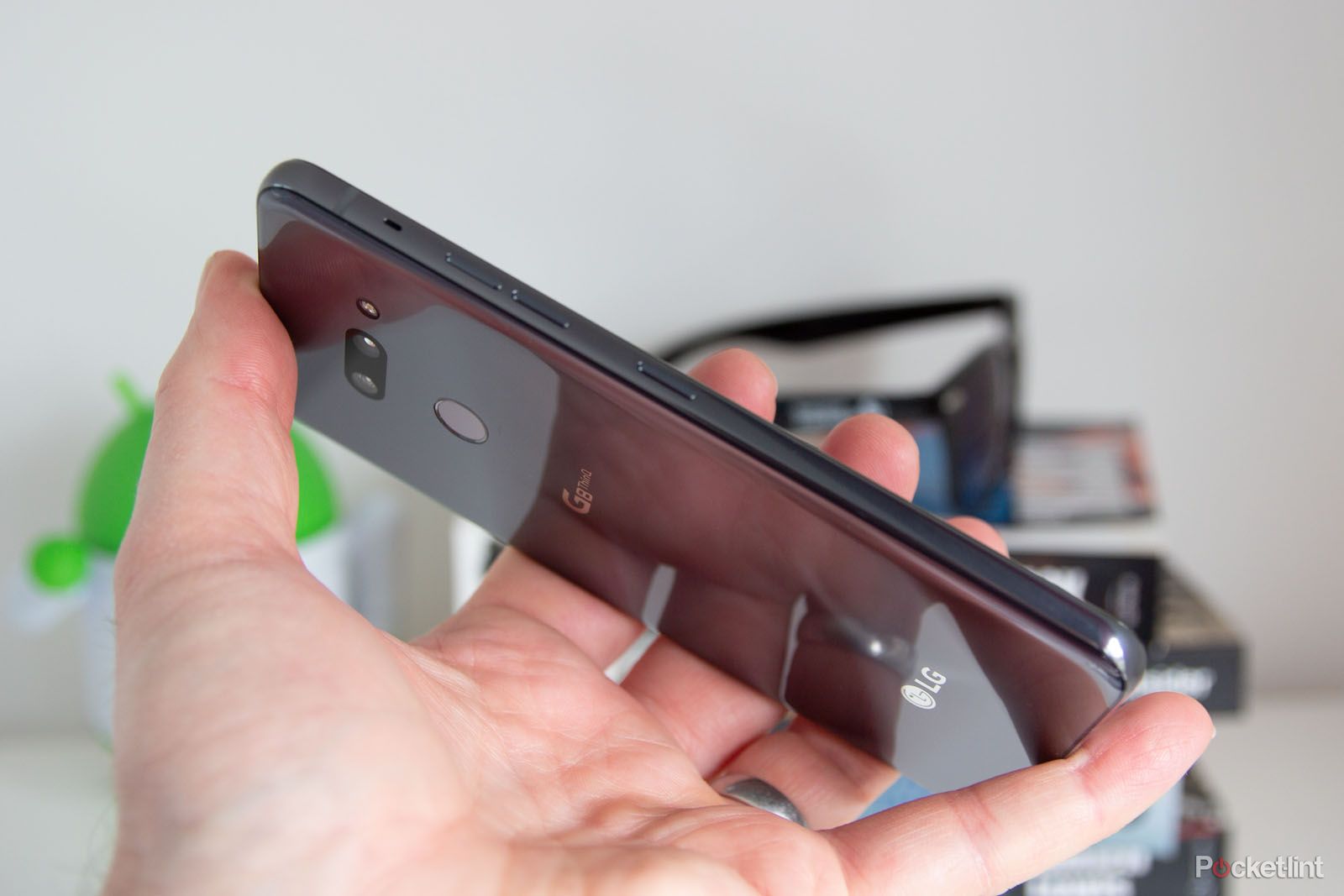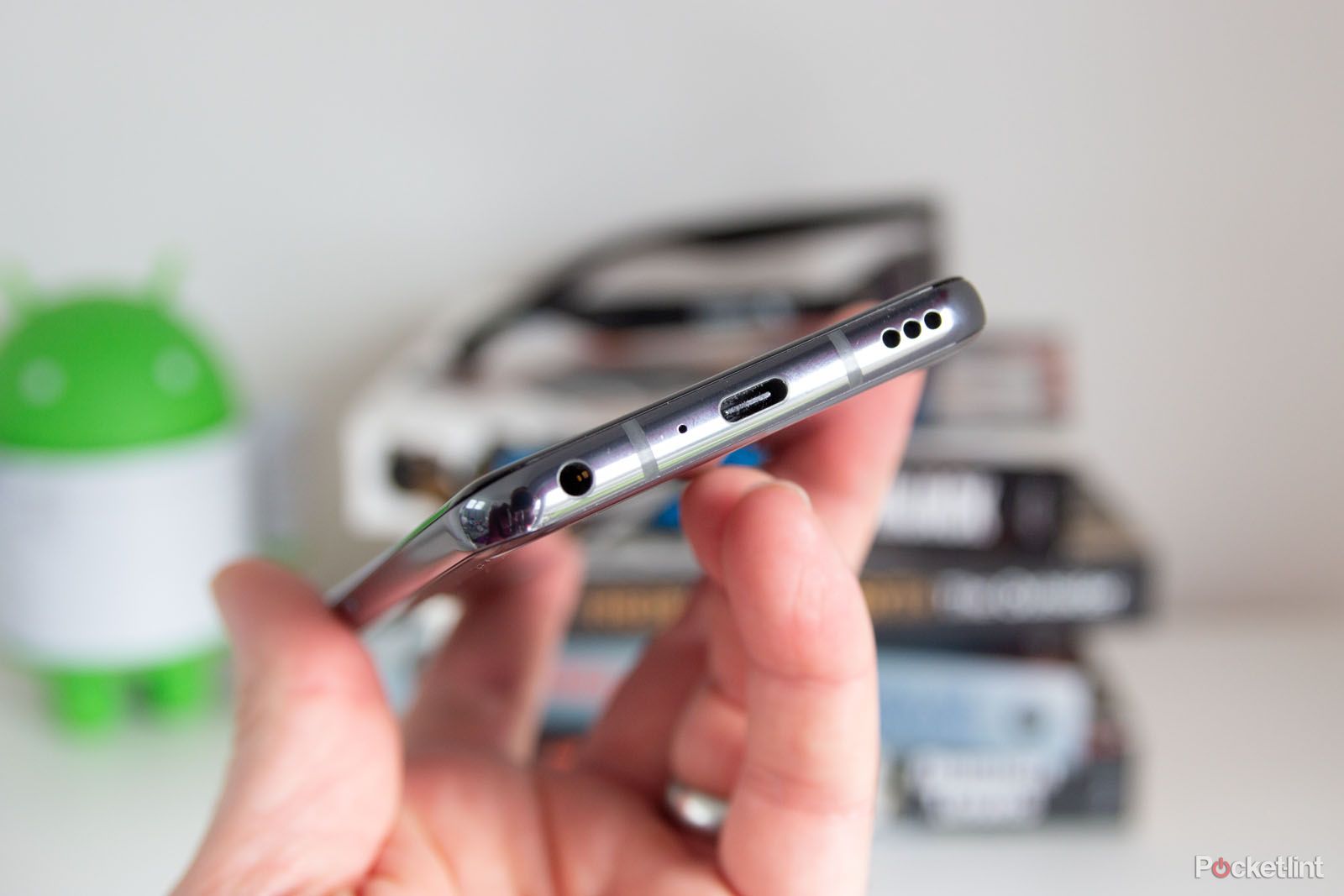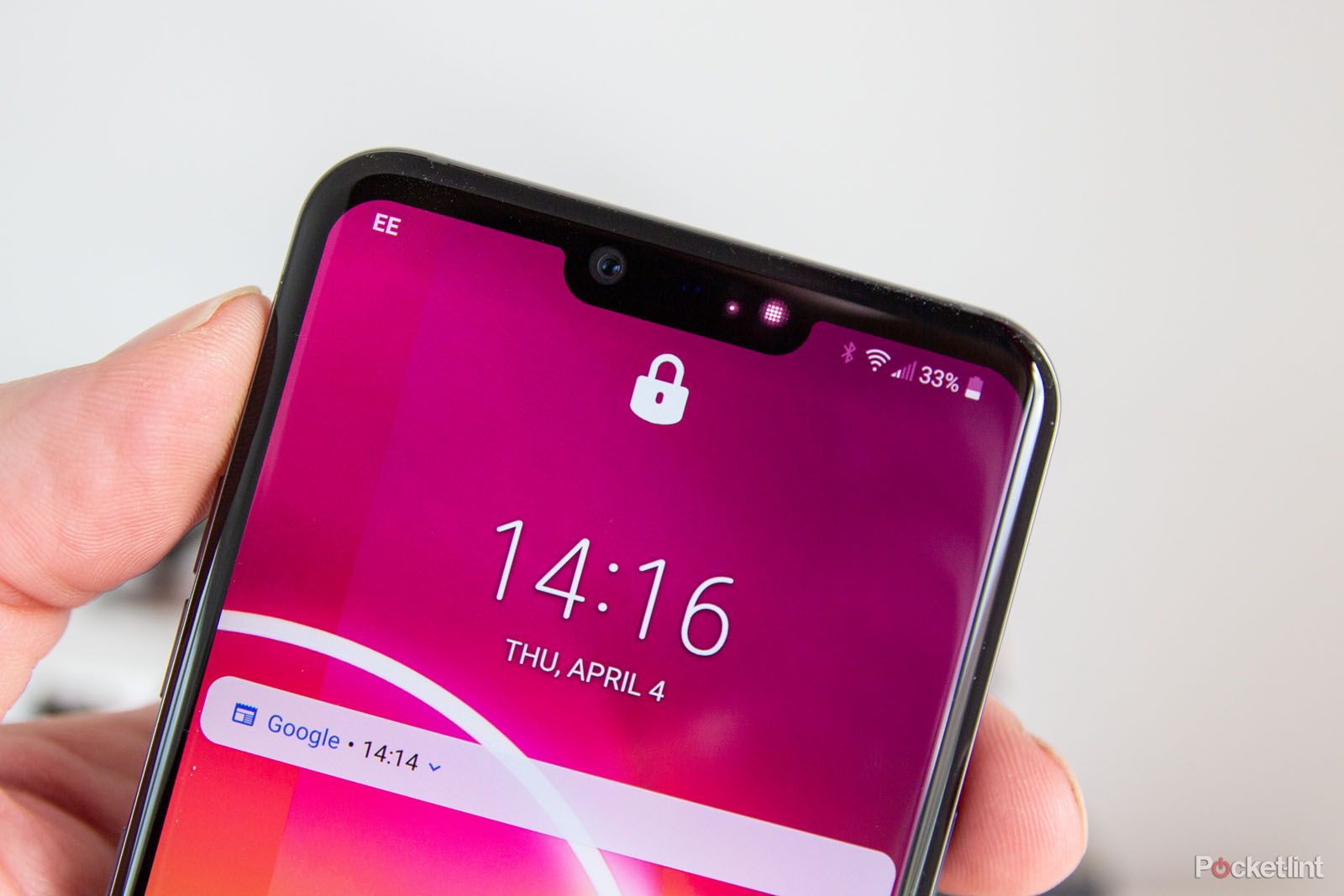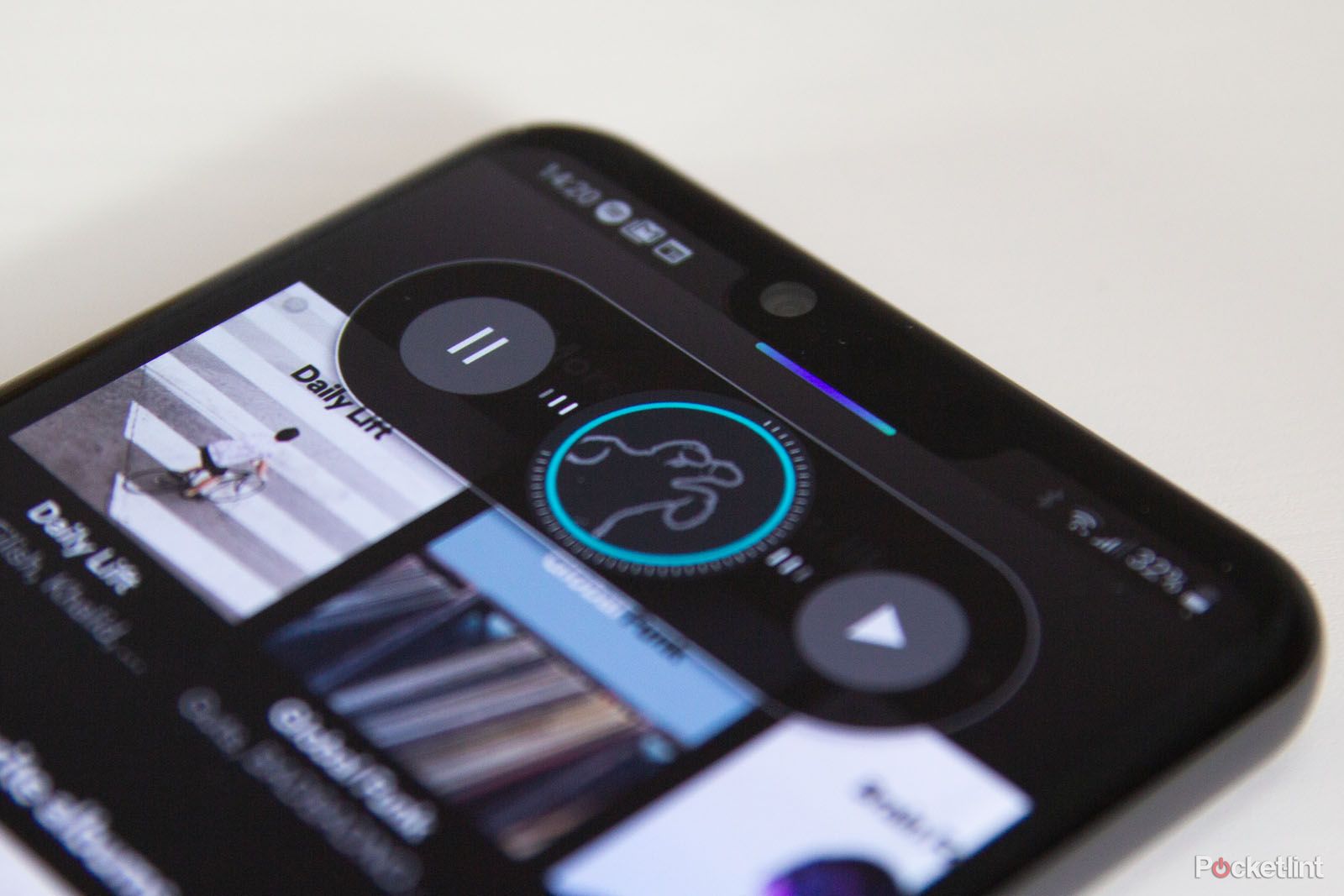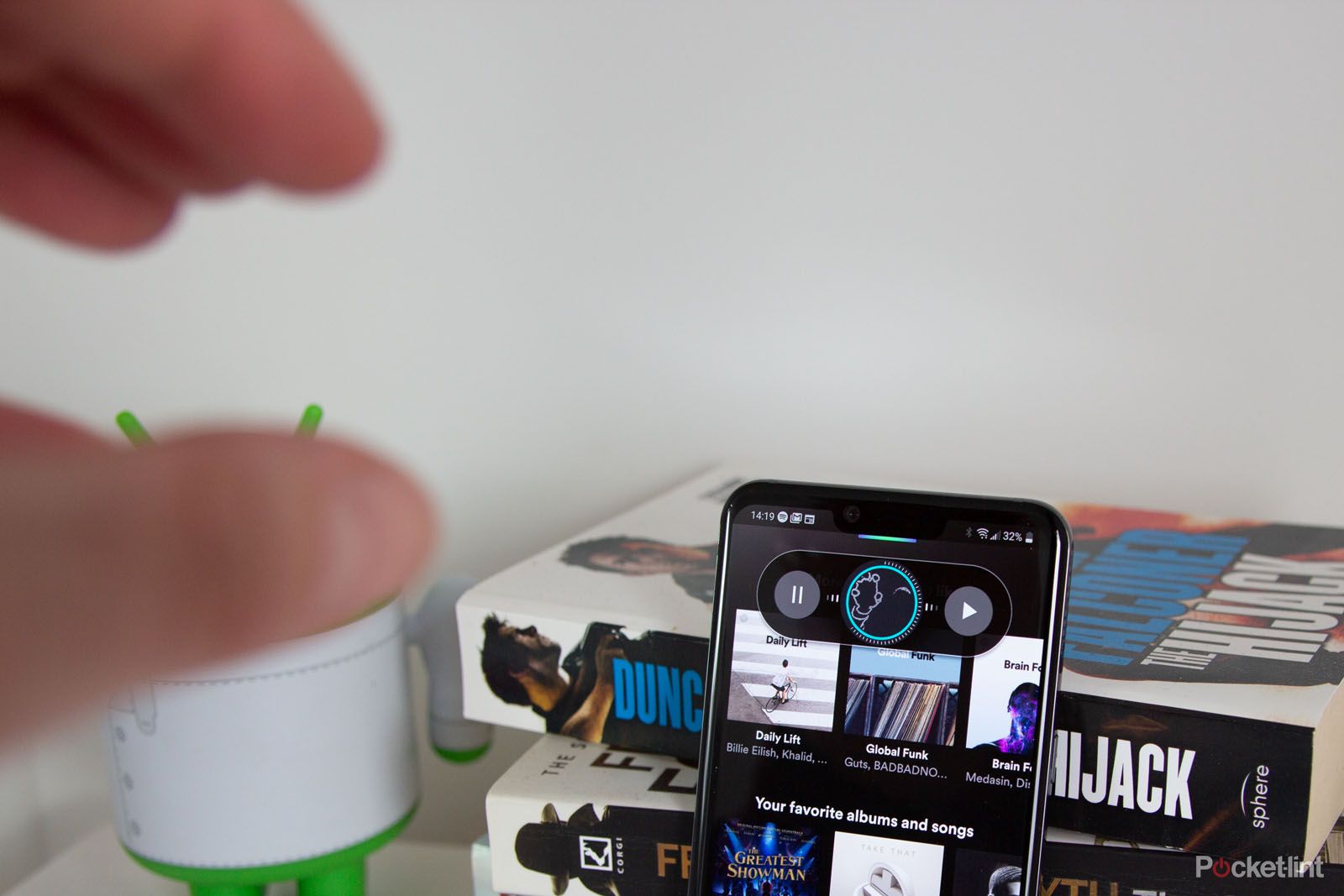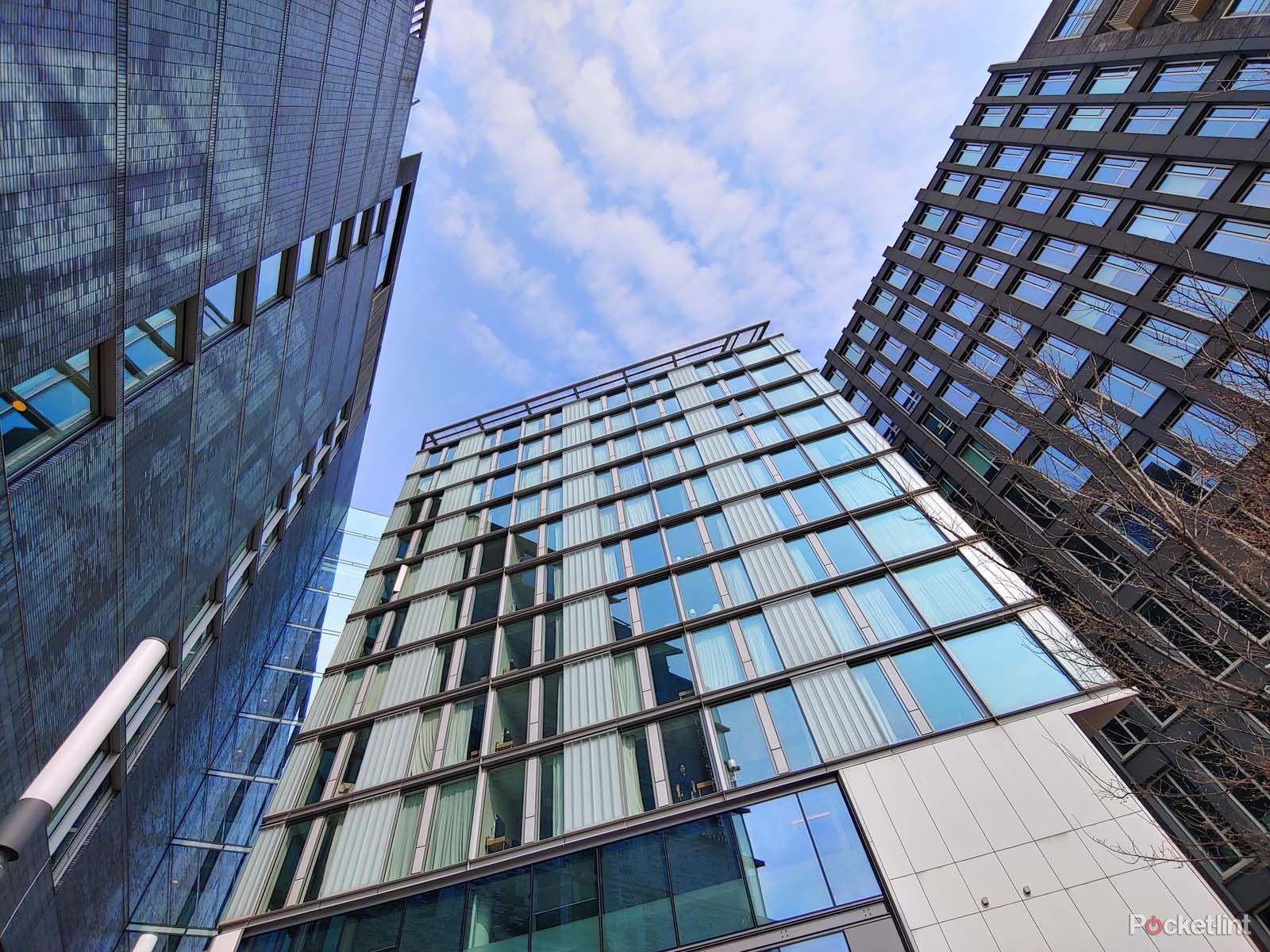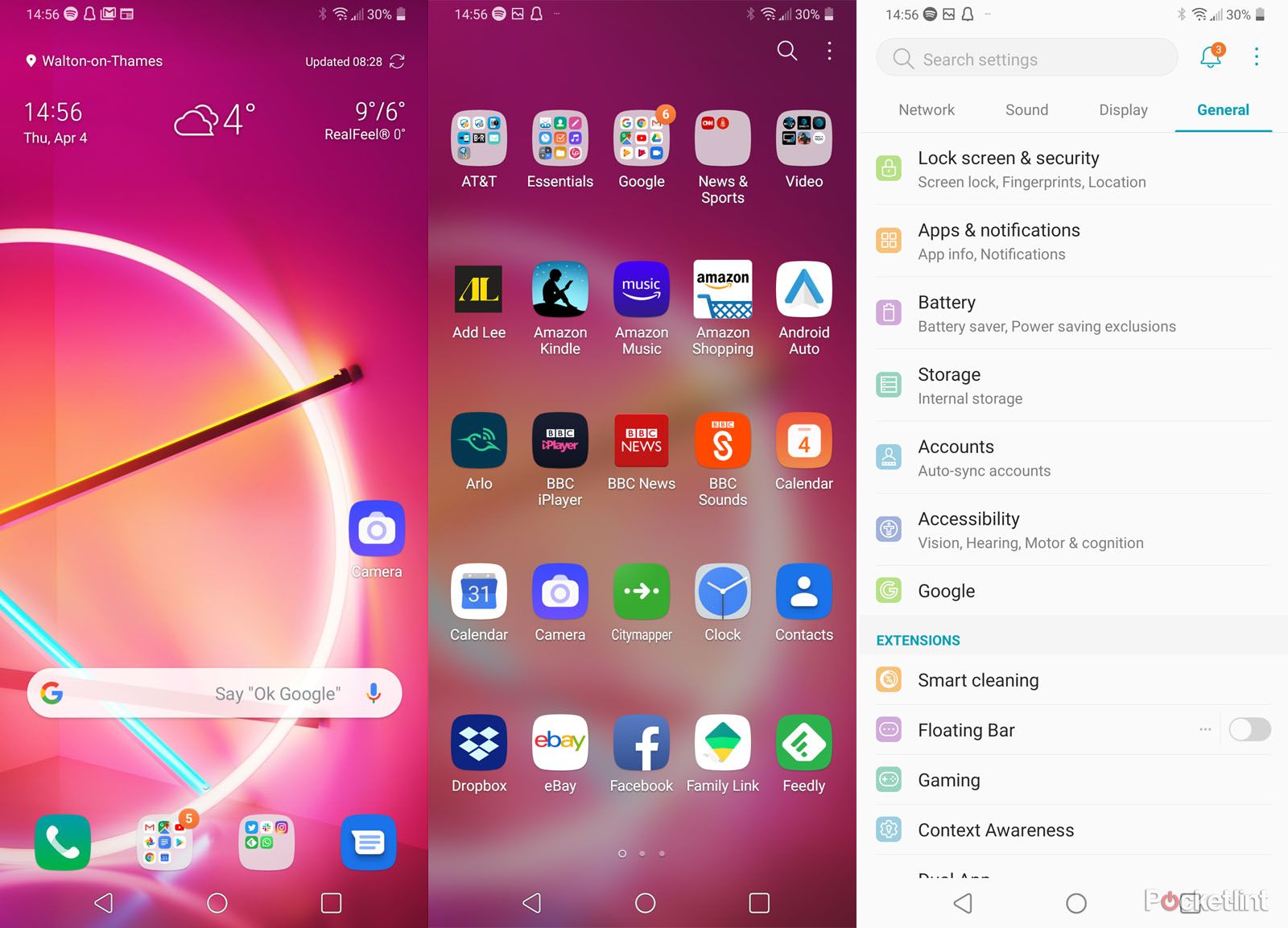LG has split its flagship phones into two strands: the G series will continue to be 4G connected; while the V series will move over to 5G.
It's a slightly confusing first throw of the dice for 2019, however, with the LG G8 - as reviewed here - being the phone that has the newer range of functions, while the LG V50 is essentially an updated LG V40, albeit with hardware upgrades for 5G.
With connectivity speeds brushed aside for a moment, though, does the LG G8 have what it takes to remain competitive in a busy and idea-rich phone market?
Our quick take
The LG G8 has a lot to offer and in many areas. It's a perfectly capable phone that ticks most boxes on the spec sheet and has convenience features like waterproofing, a 3.5mm headphone socket and support for microSD card expansion.
But the battery is a little lacking and the design isn't the most exciting in the current flagship roster. Although it's equipped with the same hardware as some rivals, it doesn't feel quite as fast in some areas and the camera performance - while capable and stuffed with feature - is thrown into the shade of superior rivals like the Huawei P30 Pro.
The unique feature the LG G8 offers - Air Motion hand detection and control - feels niche too. It certainly works, but it's a struggle to see who will actually want to use it. It just doesn't feel like a feature that will sell phones.
Ultimately, for all LG's efforts the G8 ThinQ struggles to be class-leading in any area. That results in a phone that's 'safe' rather than special. Which is just fine, but not a great enough reason to want to buy one.
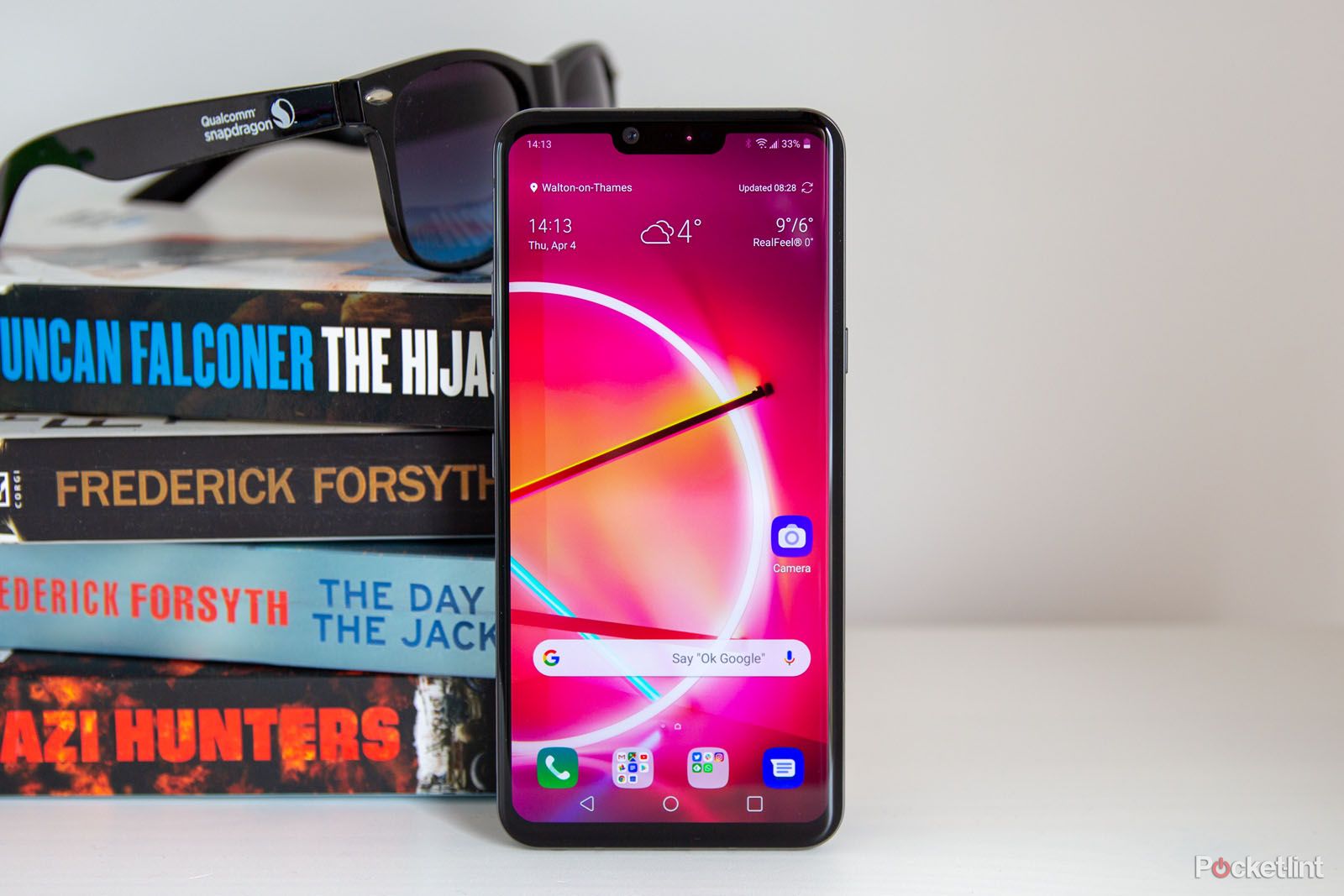
LG G8 ThinQ - 4.0 / 5
| FOR | AGAINST |
|---|---|
|
|
LG G8 ThinQ
Safe design
- Compact size: 151.1 x 71.8 x 8.4mm; 167g
- IP68 weather sealed (MIL STD 801G)
We've seen some dramatic finishes over the past few years, many coming from companies like Huawei and Honor, looking to attract attention with an increasingly glittery array of devices. In that sense, the LG G8 is rather safe, coming in black, grey and red options - although we've also seen a blue - and the colours you get will probably depend on where you are in the world.
Gorilla Glass makes up the front and rear of these phones, designed to give protection against scratches, softly curving towards the edges to meet the metal of the frame. There's little that's original about the looks, but the grey isn't as boring as it might sound - there's still some subtle depth to the rear. It's stoic and understated.
Water protection comes in at IP68, marking this out as a flagship device and offering some advantage over phones like the Xiaomi Mi 9, but the thing most noticeable about the LG G8 is that it isn't too large. It's close to the Samsung Galaxy S10 in size, avoiding swelling to larger sizes - making it better for one-handed use.
The G8 features a notch at the top of the display, however, which doesn't really move the design on like some competitors area - namely the Honor View 20 and Samsung Galaxy S10+. This is partly because the G8 houses not only the front camera, but the time-of-flight sensor too, to power some of the phone's unique features - which we cover in more detail below.
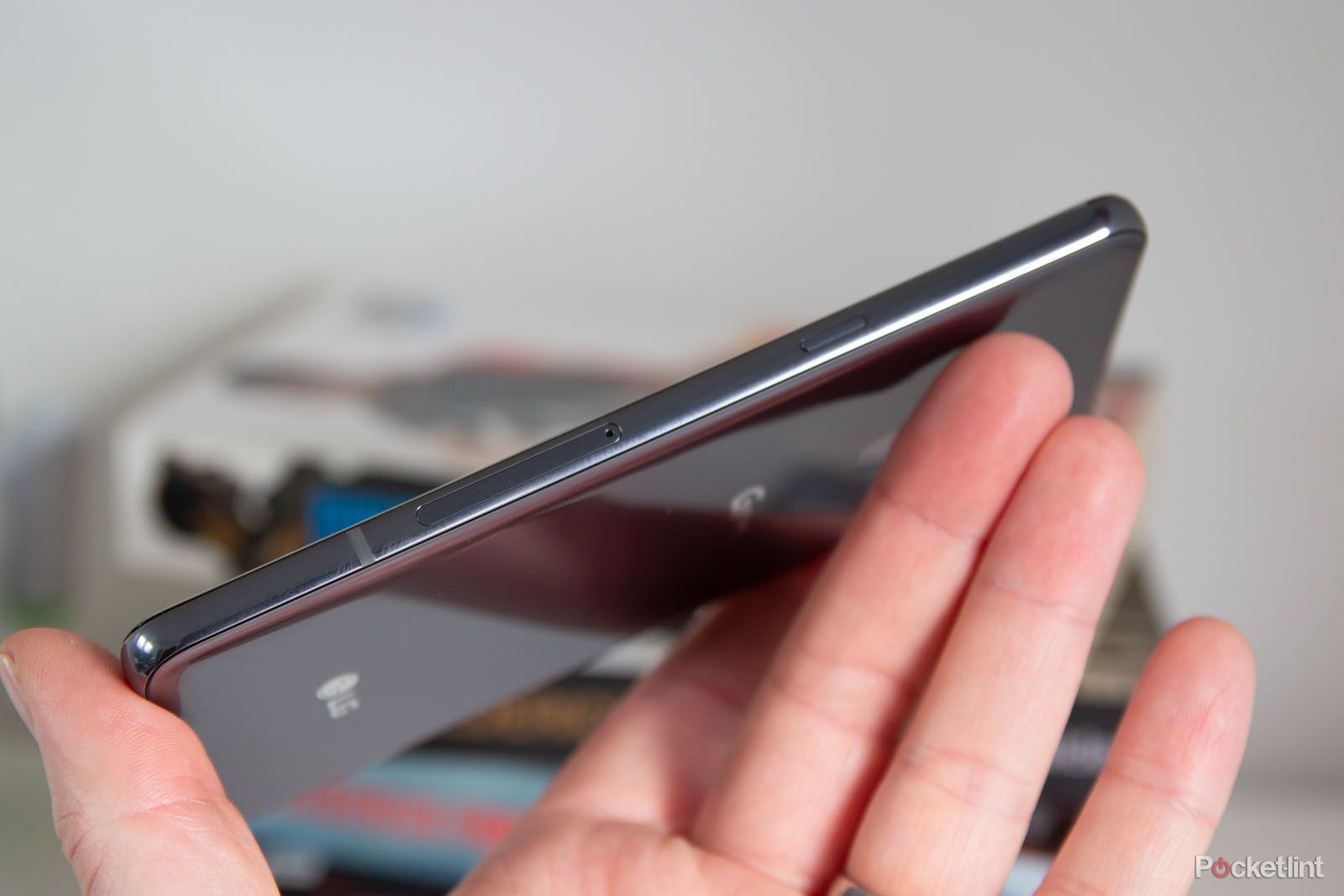
The long and short of it is that LG doesn't rock the boat when it comes to design: there's still some bezel, but not much; there are curves, but not to a huge degree; there's a range of colours, but nothing too outlandish. 'Safe' is the resounding feeling here - which isn't really a surprise given the roller-coaster ride of the series, which flopped years back on the modular approach of the G5.
Display shifts to OLED
- 6.1-inch OLED display, 19.5:9 aspect ratio
- 3120 x 1440 resolution (564ppi)
- HDR 10 compatible
LG's big story on the LG G7 was that it was using an MLCD+ display - adding a white sub-pixel to boost the brightness and claiming this was the best technology for its display. While the pixel density, aspect ratio and resolution remain the same on the LG G8 ThinQ, the company has turned on its heel and opted for OLED instead for 2019.
OLED graces iPhone, Samsung, Xiaomi, OnePlus - just about every phone that wants to play in the flagship space. So perhaps that explains LG's return to this technology. It makes superb TVs using OLED, so why not use it for phones too?
The LG G8 ThinQ ends up with a typically OLED appearance. There's inky darkness and vibrancy to colours, a great palette to display your content, while not lacking in brightness either. The display defaults to that Quad HD+ resolution, but you can turn it down if you wish - which might save some battery.
Viewing angles are generally good and while the auto-brightness is pretty good, things can get a little dark, which is where the OLED display shows its weakness. Subtle darker details can get crushed, so if you're watching a dark scene in dark conditions, you can lose things. But otherwise, it's sharp and detailed.
There is the option to have an "HDR effect" applied to video content, although it doesn't look hugely different to our eyes, and there's also an option for "true view" - which aims to shift the colour space to suit the environment and keep the white balance perfect. That suggests it's like Apple's True Tone display, but more often than not we found it shifting towards a yellow hue, which we don't really like, so we switched it off.
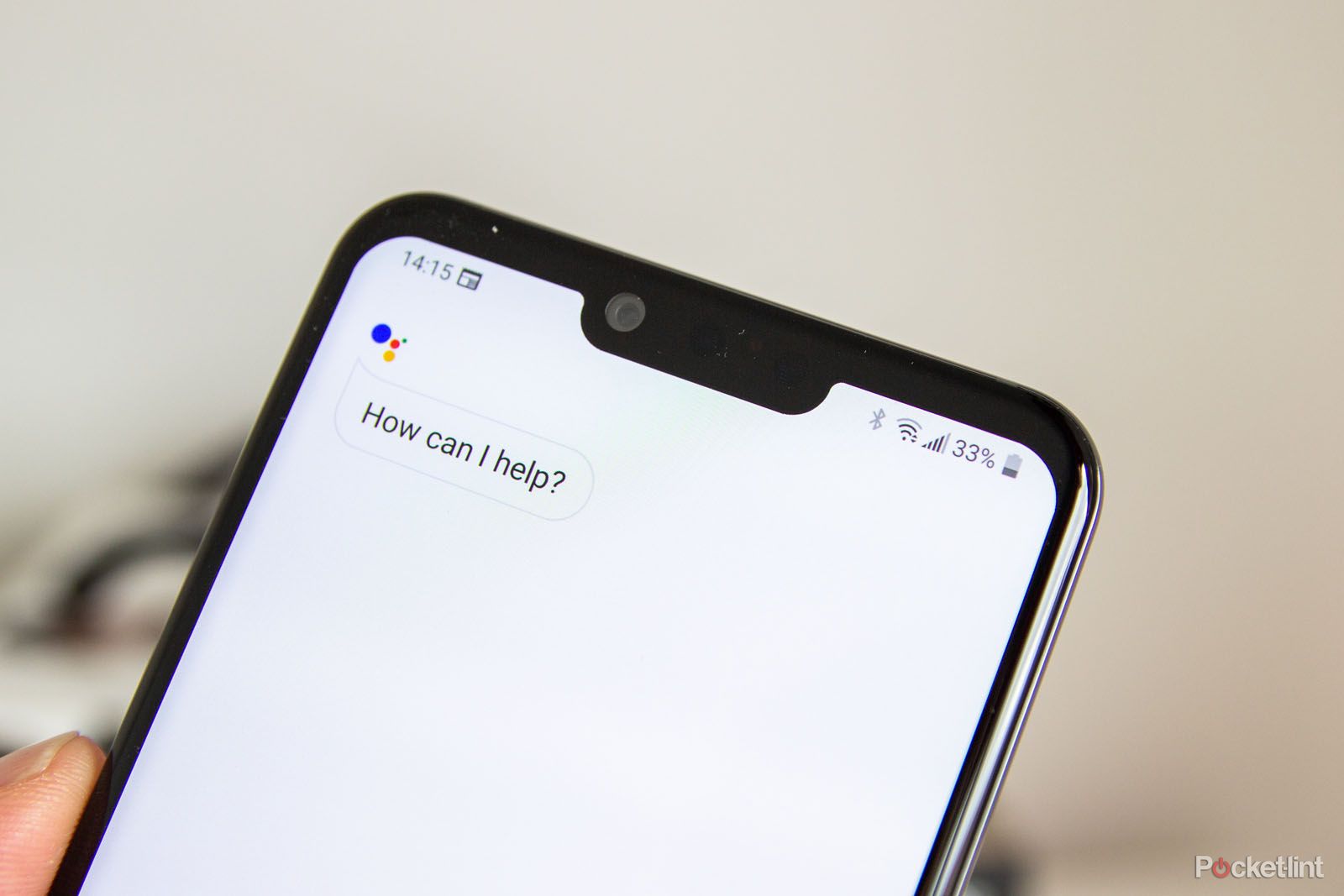
But there's something to be said about how the G8's display sits in the phone. There's still a respectable black bezel around the display - it's not quite as edge-to-edge as we think it could be. As we said, the notch remains pretty large by current competition standards, but you do have options to hide it using software and options to govern how content behaves around it.
A novel speaker approach
- Crystal Sound OLED speaker, uses screen as ear speaker
- Quad DAC, DTS:X 3D Surround Sound
- 3.5mm headphone socket
LG has removed the top speaker - the ear speaker - on this phone, instead using what it calls 'Crystal Sound' to vibrate the OLED screen to produce sound into your ear. That results in a sleeker finish - although there's still plenty of space up there that a speaker would fit into - but we can't help feeling that this is LG showing off a technology, rather than it being of any great benefit. In the Huawei P30 Pro, where there's less bezel and notch, it makes for a more complete visual.
When you make calls, you just place the phone as you normally would against your face. We found that we had to turn it up pretty high to get the sort of volume we'd normally expect during calls, but we had no problem hearing anything. That speaker also doesn't disturb the image on the screen.
But it does result in a slightly unusual sound arrangement when it comes to playing games and movies. Most of the driving force comes from the conventional speaker in the bottom of the phone with the display speaker mostly making up highs. The bass is then boosted using the internal Boombox speaker, which increases the vibration through the body.
The overall volume is appreciable, but it's not the best sound setup in a phone - we said the same of the P30 Pro, too - the experience just isn't as good as having two front-firing speakers. Cover the bottom speaker with a hand and you strip out the meat of the sound delivery, leaving things sounding thin.
However, the G8's speaker setup is better than some of the single-speaker options - like the Xiaomi Mi 9 - giving you a better overall sound experience than many rival devices. There's a DTS:X 3D surround option, which can make music sound a little strained and shrill, but once you're watching a movie or game with the volume up, things sound pretty good.
The inclusion of a 3.5mm headphone socket will be welcomed by those sticking to existing wired headphones, with a Quad DAC and controls to tailor the sound to your preferences.
Performance and hardware
- Qualcomm Snapdragon 855 processor, 6GB RAM
- 128GB storage, microSD expansion
- 3500mAh battery capacity
When it comes to performance, the LG G8 ThinQ is keeping up with the Joneses with a Qualcomm Snapdragon 855 platform supported by 6GB RAM - and that's the same in all regions. LG also offers microSD storage, again adding convenience that some don't provide on top of the 128GB internal storage.
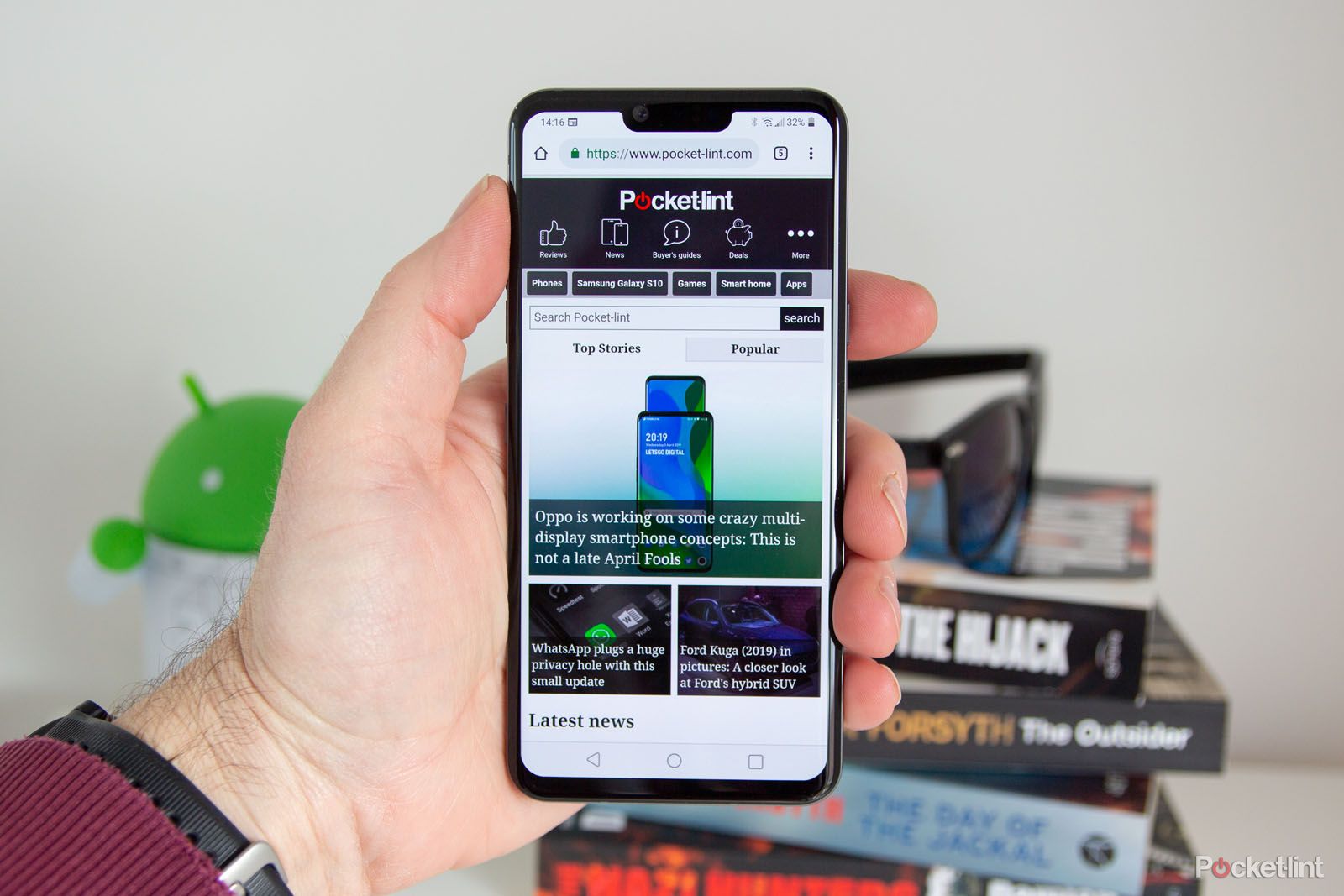
The Snapdragon 855 is proving itself to be plenty powerful, but we could say the same of the previous generation. In real terms you won't notice a huge performance boost from the previous year - not that you'd need one.
Games run smoothly: fire up PUBG Mobile and you'll be offered the top settings without stuttering performance and that's the general experience around this phone. It's a true flagship experience; a phone designed to do heavy lifting in the app space.
However, while the G8 runs on the same hardware as other flagships, it doesn't always feel as fast to respond or to navigate - and we're sure that this comes down in part to software, as LG's skin doesn't snap as fast as some might.
The 3500mAh battery also isn't hugely capacious compared to the best phones out there. While it outlasts the Google Pixel 3 XL (with similar capacity), it can't match the endurance of phones like the Huawei P30 Pro. Typically the LG G8 will get you through a day of mixed use, but for many this will be a phone you have to charge every day.
There's a USB Type-C for charging, with Quick Charge 3.0 and wireless charging is supported too - although you'll have to buy a wireless charger separately as there's not one in the box.
Let's talk about biometrics
- Front time-of-flight front camera
- Palm unlocking
- Fingerprint scanner
Firstly, there's a conventional fingerprint sensor on the rear of the phone. This works like any other and why LG chose not to have an in-display scanner like most rivals, we don't know. Perhaps it's because the fingerprint scanner also supports swipes to pull down the notifications, for example. While the fingerprint placement makes the G8's design less seamless then some rivals - such as Huawei, Xiaomi, Samsung - it's easy to use and fast to tap when lifting the phone to unlock.
But LG's big addition to the G8 ThinQ is the time-of-flight camera on the front of the phone. This enables a great 3D face unlock option, as well as being able to do some magic things using your hands.
Face unlocking isn't new. It's been offered on Android for some time, but this is a more secure iteration - you can't use a photo or another person to unlock the phone, as you get a much more detailed 3D scan from the ToF sensor. Because it uses infrared, it’s also not affected by the dark so you can use it in all conditions.
You can also use it when wearing sunglasses, so it becomes really convenient, meaning you just look at your phone and it unlocks, like the recent iPhone models with Face ID.
Where there's a slight disconnect is with some apps. Android just doesn't seem to be as well positioned as Apple in universally managing biometric authentication. Some apps on Android support fingerprint locking - like banking apps, for example - but if you don't setup a fingerprint because you're using Face Unlock, then you'll be back to passwords. Such apps can't use Face Unlock yet.
The ToF camera also allows palm vein identification. The IR can recognise the unique vein patterns in your hand so it's a pretty secure biometric option, but we do question how useful it is. To unlock your phone you need to show it your palm - but how often does that situation arise where it's convenient to do that? When driving, perhaps, or when it's on a stand - but certainly not when you're walking down the street trying to use your phone.
The same slightly niche situation arises when it comes to LG's Air Motion gestures too. You can use your palm to control various things on the phone, like music playback and volume, but again, how often are you in a situation where holding your hand in front of the phone is useful?
Gestures like this have been attempted before - BMW and VW both have some gesture options for cars - but it doesn't really solve any problems. Sometimes it just adds to them. The same is true of LG's implementation: while it's clever that the G8 can do these things, there just isn't really a situation where it's more convenient than using voice via Google Assistant.
There's one area where Air Motion is pretty good and that's for triggering a selfie. Yes, usually you're holding the phone, but if you're not, it will detect your fist unclenching and then give you a three second countdown before taking the photo. It's great for selfie sticks, if you have one, or otherwise just propping the phone up at the end of a table and taking a photo.
A clever technology, sure, but this unique feature doesn't come across as a reason to buy the phone.
G8 cameras - and a surprising twist
- 12MP main camera, f/1.5, OIS
- 16MP wide-angle camera (107 degree), f/1.9, OIS
- 8MP front with ToF sensor
LG's main camera is a 12-megapixel sensor with f/1.5 aperture and optical image stabilisation (OIS). It's joined by LG's fun wide-angle camera, offering 107 degrees to help fit more into the frame.
LG has lost the initiative on wide-angle cameras though. Where it was once the only manufacturer to be offering this type of camera, it's now on Samsung and Huawei phones too, so there are plenty of options when it comes to getting a phone with these capabilities. The downside - as is the case with most such cameras - is that the wide-angle is a little darker when taking photos compared to the main lens and that means it can be poor in low-light conditions.
While the G8 on review offers a dual camera setup, there's actually a triple camera version that adds a zoom lens to the offering too. Whether you'll be able to get that model depends on where you live - at the time of writing, it's not clear if that model will be available in the UK or the US.
Focusing on this dual camera system, though, it's the AI Cam that's one of LG's standout features. It attempts to identify a scene and optimise the settings for best effect. It's good at certain things, but as per the previous iteration, it can run a little far, giving you a photo that doesn't really look like it originally did - like water that's just too blue. Still, it's an easy option to toggle on and we'll leave you to decide which you prefer.
In normal daylight it's pretty good and there's little to complain about, and it also unpicks some tricky lighting situations admirably, so for most people, this camera is going to be just fine.
The lack of zoom means one less competitive feature (on this version at least) and night mode is so deeply buried in the app that you'll likely never find it. The mode is designed to let you take longer exposures in lower light conditions, with a slider to easily change the exposure for the desired result. You lose detail as noise is processed away, but to our eyes, the results look the same as you get from AI Cam - which will detect low-light for you anyway.
The G8's front camera gets the advantage of using the time-of-flight sensor for depth information, which LG says will give you great bokeh on your selfies. Sure, this is something that ToF is good at, but equally as important is how you process those images. That's where the Google Pixel 3 is really using its skills and here LG struggles a little, lacking the same dynamic - it's just not as good at balancing out a shot from the front camera and it's pretty poor overall in low light.
The front camera again offers AI Cam, as well as normal and portrait modes. There's also a studio option that will let you strip out backgrounds, replace them with colour or create a wide range of portrait style photos, some of which are pretty clever - but still that ToF sensor isn't perfect and you'll still get some anomalies in edge detection, as you'll notice below.
You can also apply bokeh to video on the rear camera, but it does make things look a little artificial and milky - so perhaps needs to be used sparingly. Video runs up to 4K/60fps, offering good stabilisation too.
Software is getting better
- Android 9 Pie
- LG skin
LG has long been criticised for the changes that it makes to software, but it now sits in a sort-of middle ground between the likes of Xiaomi or Samsung and Android One (as used in Nokia and Moto phones). The G8 still has a lot of apps you perhaps don't need, amusingly bundled into a folder called "Essentials" - which is far from it, as you don't really need any of them.
If Google is your core service then switching to Google's Messages and Calendar improves the experience and we also found the LG Keyboard to be rather laggy. It's a little too slow and swipe isn't as good as Google's G Board - but it's an easy switch to make.
We're still not sure why LG breaks its settings menu down into panes. It's rather dated in appearance, even though there's a lot on offer to customise in there. Thankfully, the search option at the top makes it easy to find what you're looking for.
We do like the fact that LG isn't messing around with the launcher too much - you can opt for an apps tray rather than having it all on the home screen, while you can get your Google Discover page by swiping over to the left. So overall, there's not too much that offends in LG's software offering, but at the same time there's not much that stands-out either.
LG G8 ThinQ
To recap
Ultimately, for all of LG's efforts, the LG G8 struggles to be class-leading in any area. That results in a phone that's just, well, fine - but also not special.

